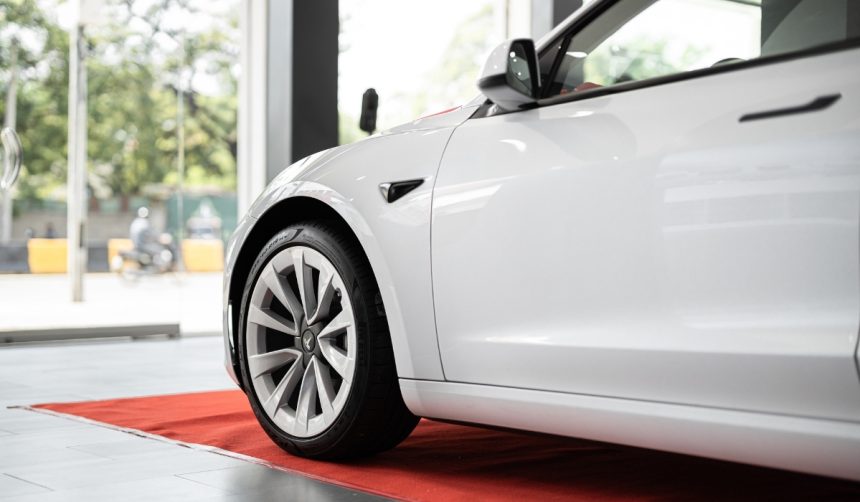As the electric vehicle sector expands, firsthand experiences provide valuable context for prospective buyers. A new owner of the Tesla Model Y Long Range All-Wheel-Drive reflects on their first two weeks with the vehicle, revealing insights into daily usability, entertainment features, and emerging preferences. This initial period follows a transition from traditional internal combustion engine cars to fully electric driving. The account highlights both positive aspects and minor nuisances, addressing specific features such as Full Self-Driving, interior storage, and entertainment systems. These early observations may assist those contemplating a shift to electric mobility and shed light on the evolving landscape of driver expectations.
Reports from previous years focused heavily on broad market reception, performance metrics, and battery range of the Tesla Model Y, often comparing it against direct competitors in the electric SUV market. Earlier owner testimonials emphasized charging network reliability and software updates as leading factors shaping satisfaction, with some critiques relating to build quality and service experiences. In contrast, the current reflection centers more on the nuances of daily driving, newer cabin technologies, and the subtle impact on occupants’ day-to-day routines, suggesting a maturing narrative among recent Tesla adopters.
What stands out during initial ownership?
Several characteristics of the Model Y attract early appreciation. The owner notes the refinement in handling, describing the vehicle as responsive on both city streets and winding country roads. The upgraded suspension and drive system contribute to an enjoyable drive, presenting a stark departure from larger previous vehicles. As a feature utilized on a daily basis, Tesla’s Full Self-Driving draws attention for its performance and visible improvements over even short usage intervals. In one account, the vehicle successfully navigated a complex stop sign scenario, illustrating the ongoing development of Tesla’s driver assistance programs.
“FSD has *already* improved. Model Y did not stop at the ‘Except Right Turn’ Stop Sign, and instead proceeded through at a confident, yet careful rate of speed in a safe manner,”
stated the user, noting rapid adaptive learning.
How do storage and entertainment features affect the experience?
Practicality remains a high priority for the new owner, who points out the Model Y’s generous interior storage options compared to a prior Ford Bronco Sport. The addition of both under-trunk space and a frunk resolves limitation concerns for carrying luggage and recreational gear. Comfort and leisure are facilitated by integrated entertainment systems, which transform charging sessions into shared moments for relaxation or media consumption. This element of time utilization is especially relevant for those with demanding schedules, as these features can enhance the overall value of ownership.
“It’s just so much fun to be in this car,”
the owner’s partner remarked, underscoring how the interior and tech ecosystem contribute to enjoyment beyond the commute.
Are there any drawbacks in the early weeks?
Despite pronounced satisfaction, a few inconveniences surface. The Diamond Black paint requires frequent cleaning to maintain appearance, posing a mild issue rather than a fundamental flaw. A more notable observation involves the climate control system, where the unique air vent design necessitates adjustment to achieve optimal airflow. These factors, characterized as minor adaptations, illustrate the adjustment process that accompanies new technology and design philosophies. Both positives and negatives are presented as part of a broader learning curve rather than decisive criticisms at this stage.
As electric vehicles integrate further into daily life, individual reviews reveal as much about shifting consumer values as about the cars themselves. The experience with the Tesla Model Y spotlights features and trade-offs unique to the transition from traditional vehicles, including the ways technology alters social and practical aspects of car use. For new buyers, key takeaway points include assessing storage configurations, interacting with evolving driver assist features, and forming expectations around vehicle maintenance and interior climate behavior. Continued observation from recent adopters will be instrumental in shaping wider perceptions and helping manufacturers respond to real-world feedback. By closely examining initial impressions and comparing them with earlier accounts, those considering an electric vehicle can better anticipate their own ownership journey.










